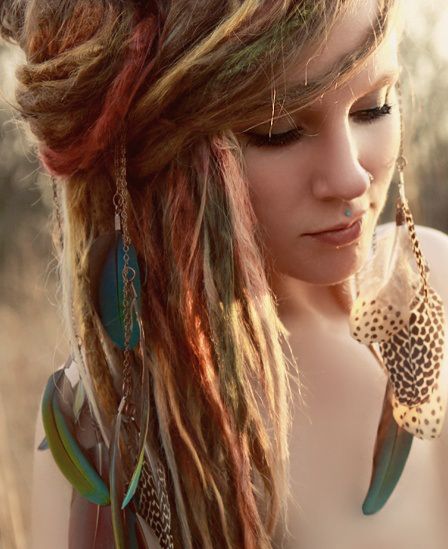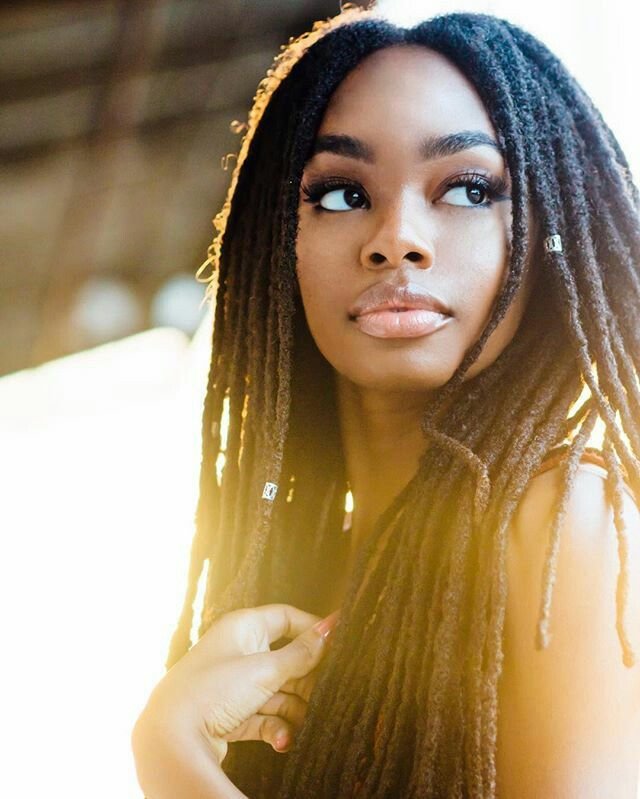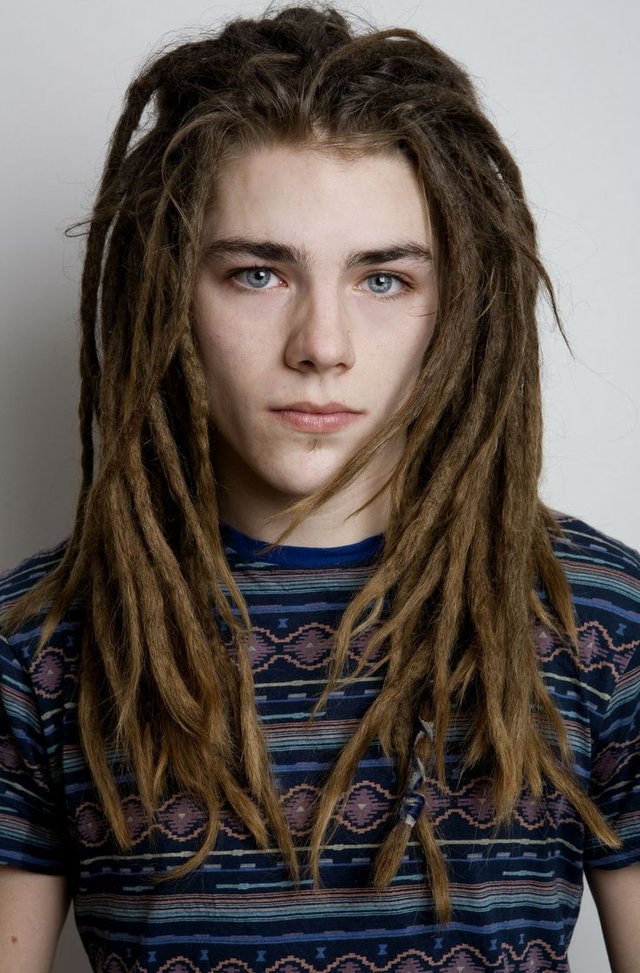Do you like DreadLocks?
Locks have been worn for various reasons in each culture: as an expression of deep religious or spiritual convictions, ethnic pride, as a political statement and in more modern times, as a representation of a free, alternative or natural spirit. Another name for the style is locks.
Buddhism
Within Tibetan Buddhism and other more esoteric forms of Buddhism, dreadlocks have occasionally been substituted for the more traditional shaved head. The most recognizable of these groups are known as the Ngagpas of Tibet. For many practicing Buddhists, dreadlocks are a way to let go of material vanity and excessive attachments. Dreadlocks were required for many esoteric Buddhist rituals in medieval South Asia performed by Buddhist yogis (Buddhist counterparts to contemporary Hindu sadhus). For instance, 1.4.15 of the Hevajratantra states that the practitioner "should arrange his piled up hair". In contemporary Tibetan practice matted hair is replaced by crowns with matted hair attached to them.
Africa
Members of various African ethnic groups wear locks and the styles and significance may differ from one group to another.
Maasai warriors are famous for their long, thin, red locks. Many people dye their hair red with root extracts or red ochre. In various cultures what are known as shamans, spiritual men or women who serve and speak to spirits or deities, often wear locks. In Nigeria, some children are born with naturally locked hair and are given a special name: "Dada". Yoruba priests of Olokun, the Orisha of the deep ocean, wear locks. Another group is the Turkana people of Kenya. In Ghana, the Akan refer to dreadlocks as Mpɛsɛ, which is the hairstyle of Akomfoɔ or priests and even common people.
Rastafari
Rastafari movement locks are symbolic of the Lion of Judah which is sometimes centered on the Ethiopian flag. Rastafari hold that Haile Selassie is a direct descendant of King Solomon and the Queen of Sheba, through their son Menelik I. Their dreadlocks were inspired by the Nazarites of the Bible.
Much like the adoption of grandiose names by individuals and organisations, the cultivation of dreadlocks in the later Rastafari movement established a closer connection between the movement and the ideology it espoused. It also gave the appearance, if not the substance, of greater authority.
When reggae music gained popularity and mainstream acceptance in the 1970s thanks to Bob Marley's music and cultural influence, the locks (often called "dreads") became a notable fashion statement; they were worn by prominent authors, actors, athletes and rappers, and were even portrayed as part of gang culture in such movies as Marked for Death.
With dreadlocks style in vogue, the fashion and beauty industries capitalized on the trend. A completely new line of hair care products and services in salons catered to a white clientele, offering all sorts of dreadlocks hair care items such as wax (considered unnecessary and even harmful by many), shampoo, and jewelry. Hairstylists created a wide variety of modified locks, including multi-colored synthetic lock hair extensions and "dread perms", where chemicals are used to treat the hair.
DreadLocks and Weed is perfect combination.. I love it!




Hi! I am a robot. I just upvoted you! I found similar content that readers might be interested in:
https://en.wikipedia.org/wiki/Dreadlocks